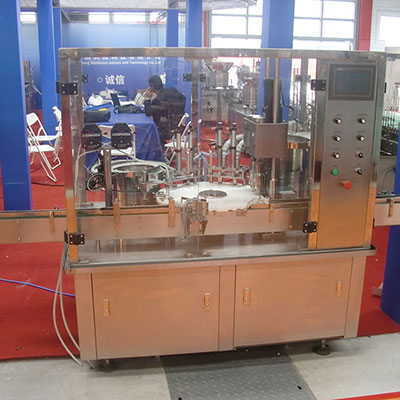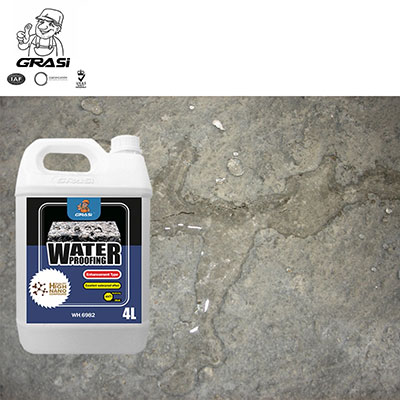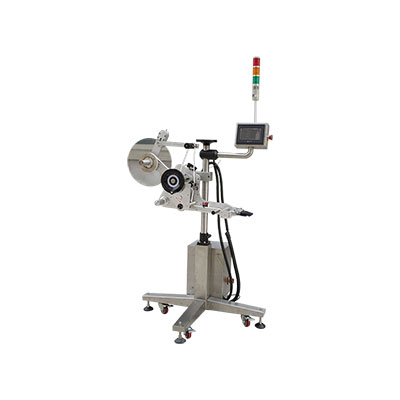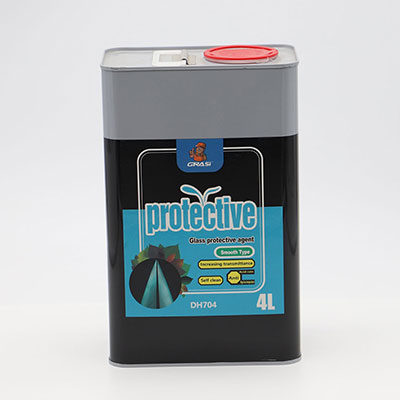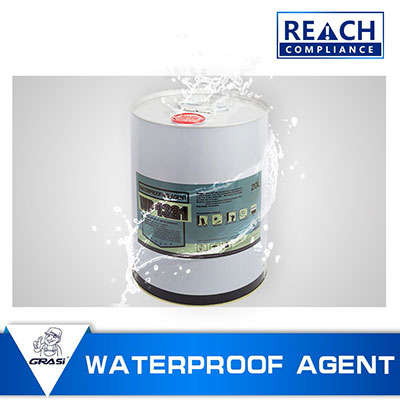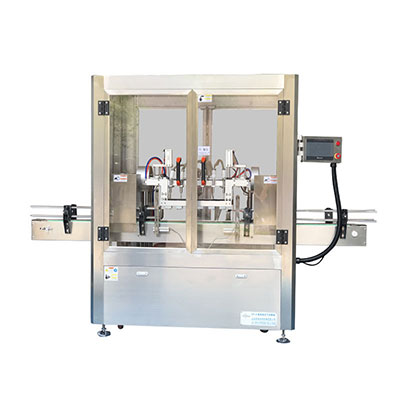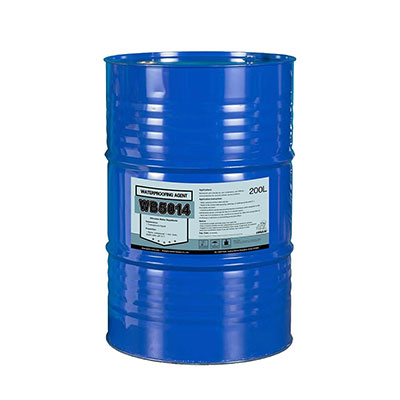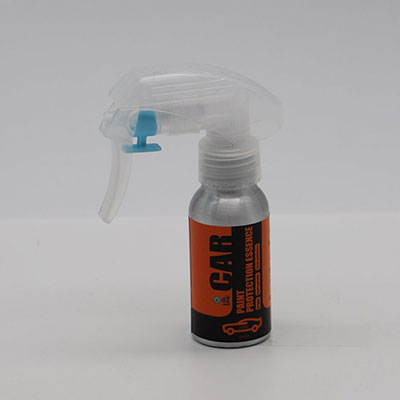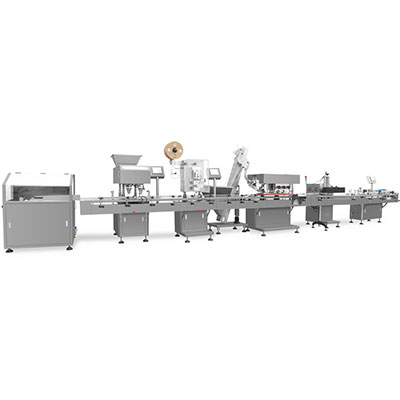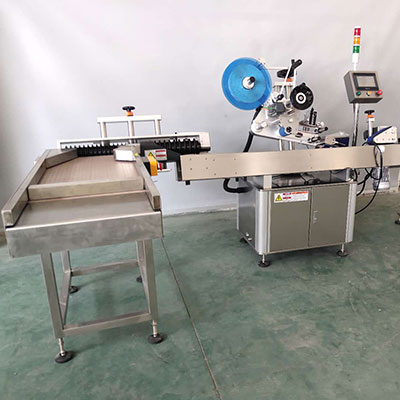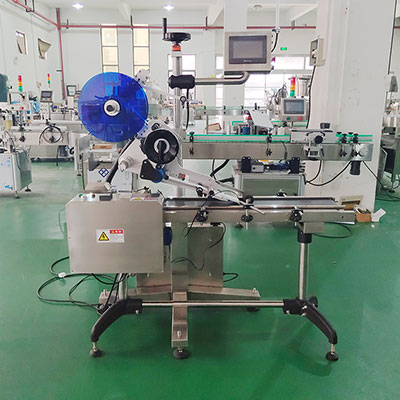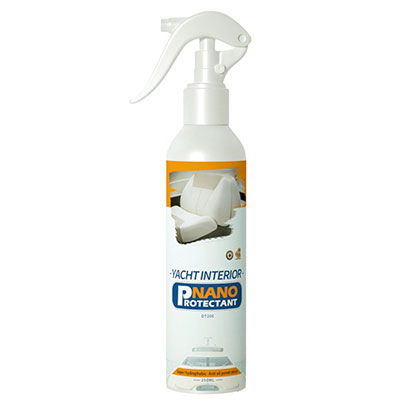Grinding Station Solution
I. Solution
Grinding Process Design
1. Feedstock
2. Bucket Elevator
3. Silo
4. Baking Machine
5. Blast Furnace
6. Homogenizer
7. Separator
8. Coarse Material
9. Ball Mill
10. Fine Material
11. Screw Conveyor
12. Cement Silo
13. Screw Conveying Process
II. Required Equipment
Vertical Roller Mill for Cement
Vertical Roller Mill for Slag Powder
III. Solution Advantages
1. 30% Constructed Area Savings and 40%-50% Space Savings
Our vertical roller mill comes with a separator that uses hot air from the engine to transport the powder out of the mill and directly into the dust collector. This grinding method is rather simple, and hence the mill using this method can have a low failure rate, high production efficiency, and compact lay-out. It fits nicely in the small allotted space in your factory.
2. 80dB Noise Level
There is no direct contact between the grinding roller and rotating grinding table during grinding operation, This ensures minimum noise level that meets the Emission Standard for Industrial Enterprises Noise at Boundary (GB12348-2008). Generally speaking, our vertical roller mill maintains a noise level 20dB-25dB lower than an ordinary ball mill.
3. Dust Concentration Less than 1 mg/ m3
Our vertical roller mill a one-piece fully-sealed steel casting. It kicks up little dust under conditions of negative pressure. Its dust emission level meets the Emission Standard of Air Pollutants for Cement Industry (GB4915-2004).
4. Low Wear Rate
Traditional ball mill loses 500g of its parts for grinding each ton of cement clinker. Our vertical vertical roller mill, however, only wears down by 4-6g for the same amount of grinding task. This difference of wear rate between these two mills is mainly due to the fact that there is no direct contact, let alone collision, between metal parts in a vertical roller mill. Hence, the vertical roller mill is always a wise choice for it lasts longer, runs more steadily, and saves more production cost.
5. PC42.5 Cement with specific surface area of 3300~3800 cm2/g
Via adjusting the rotary speed of the separator, wind speed, and roller pressure, users can acquire powder of different finenesses. Even more convenient, powder finer than the required size can be moved out of the mill in time. This avoids over-grinding.
Benefits
1. On average, it only takes 1 to 3 years for a vertical roller mill to pay for itself.
2. The vertical roller mill uses the most advanced grinding techniques and process to bring users more than 30% power savings.
3. Taking into account all the money spent on initial construction, operation and maintenance, the vertical roller mill costs 20% to 30% less than a ball mill.
4. With our vertical roller mills, users can produce 55 to 250 tons of cement per hour. The resulting cement powder has a specific surface area of 3300~3800 cm2/g.
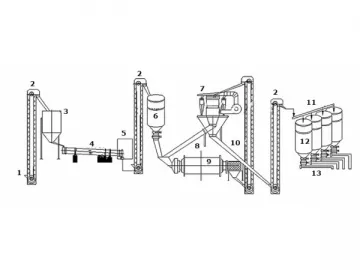
window.onload =function() {doget("/loadbyJs.php?type=bigCate&nums=6","etw_nav");}
Links:https://globefindpro.com/products/60858.html
-
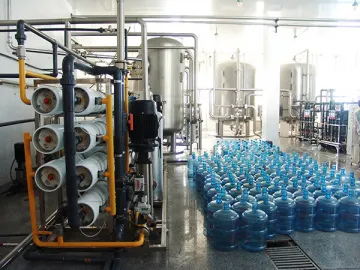 Drinking Water Treatment
Drinking Water Treatment
-
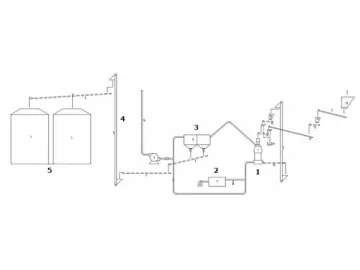 Power Plant Solution
Power Plant Solution
-
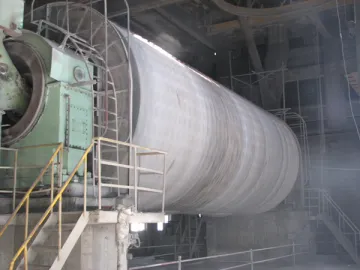 Cement Production Line of Xinxiang Huaxin Power Group Co. LTD
Cement Production Line of Xinxiang Huaxin Power Group Co. LTD
-
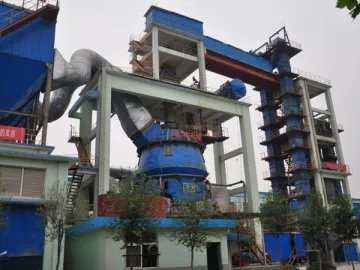 600,000t/y Slag Powder Demonstration and Training Base of Great Wall Machinery
600,000t/y Slag Powder Demonstration and Training Base of Great Wall Machinery
-
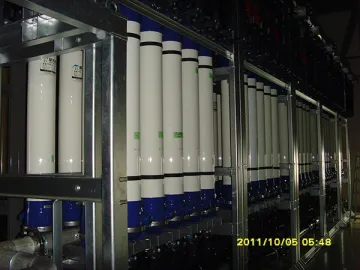 Grey Water Reuse
Grey Water Reuse
-
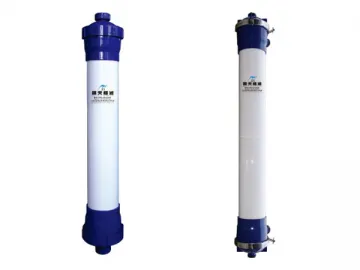 PVDF Hollow Fiber Ultrafiltration Membrane
PVDF Hollow Fiber Ultrafiltration Membrane
-
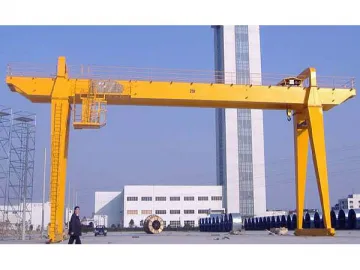 Gantry Crane
Gantry Crane
-
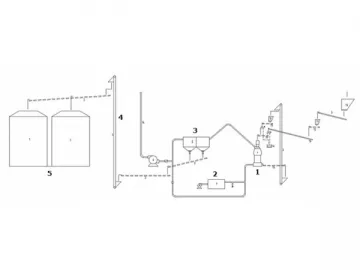 Mine Solution
Mine Solution
-
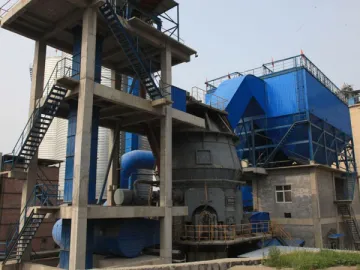 600,000t/y and 300,000t/y Slag Powder Production Lines of Tangshan Hongyan Building Materials Co. Ltd
600,000t/y and 300,000t/y Slag Powder Production Lines of Tangshan Hongyan Building Materials Co. Ltd
-
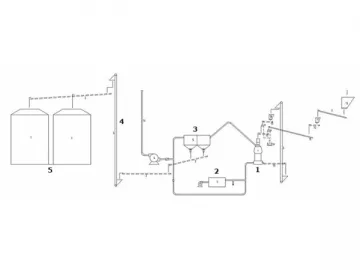 Steel Mill Solution
Steel Mill Solution
-
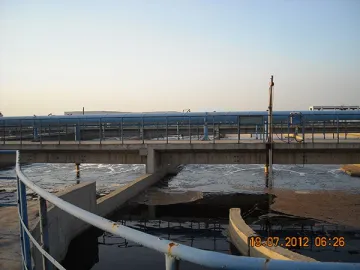 25000t/d Wastewater Treatment Project for Cangzhou Lingang Chemical Industrial Zone
25000t/d Wastewater Treatment Project for Cangzhou Lingang Chemical Industrial Zone
-
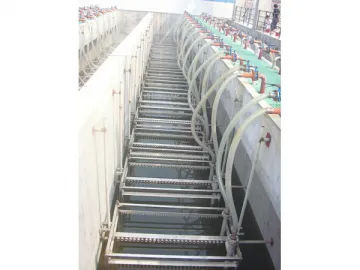 10000t/day Slaughter House Wastewater Treatment Project in Shandong Province
10000t/day Slaughter House Wastewater Treatment Project in Shandong Province
